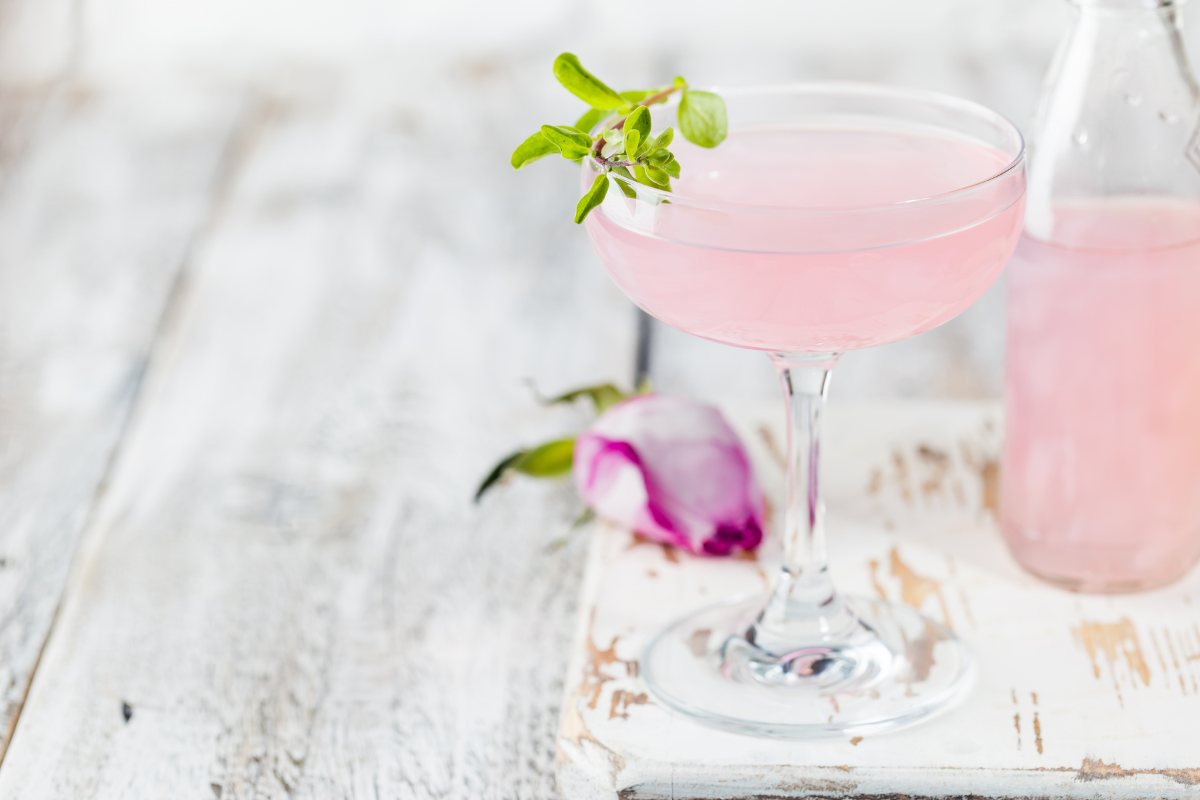Angostura bitters was developed by the German, Johan Siegert while stationed at the town of Angostura (modern day Ciudad Bolívar) in Venezuela. Siegert was part of Simon Bolivar’s army and the bitters became popular as a cure for vomiting (and hiccups) for the soldiers. It went on general sale in 1824 and quickly became popular as a remedy for seasickness.
Seasickness as well as scurvy (see The Gimlet) was a problem for sailors in these days of empire building and the British Navy likely picked up the bitters idea in the Caribbean. Whereas rum was the ration of the enlisted men it was gin that was the staple of the officer class. Angostura bitters mixed with Plymouth Gin (sweeter than London Dry) became one of the classic drinks of the British Empire finding its way to the bars and clubs of London as well as the edges of the British Empire.
As Britannia ruled the waves it was The Pink Gin, as well as The Gimlet that became the essential accompaniment to navel discussions from the mid-19th century and beyond.
RECIPE
60mL of Plymouth Gin
3-4 dashes of Angostura Butters
Put the bitters in a chilled cocktail glass, swill around the surface and discard the remainder. Pour in the gin. A slice of lemon peel is a common garnish but if you are going for a darker version (more bitters) then it may be better with orange peel.
Hemingway
The Pink Gin appears in Hemingway’s only full length play, The Fifth Column. Written and set in Madrid during the Spanish Civil War the play follows the trials of American counter espionage agent Phillip Rawlings as he tries to battle the “fifth column” of saboteurs and snipers within Madrid while surrounded by four columns of Franco’s troops outside the city. The play was not well received on publication and fell into obscurity until revived in 2008 in New York. However, it is the similarities to Hemingway’s own time in Madrid that make this play worth reading to a modern audience. It was during this time his affair with Martha Gellhorn reached its height and scenarios in the play reflect some of what was happening between him and Gellhorn – Rawlings’ passion for Dorothy Bridges and his love/hate feelings for the situation.
The amount of gin is a matter for debate but it is hardly worth doing any drink if it is smaller than 60ml. However, the taste is definitely affected by heat and you should aim to drink it before it warms up. Rather than the traditional straight up version you may want to try it over ice in a long glass with some soda water.
Having spent a small fortune on cocktail books in recent years I was surprised to see how rarely it is mentioned. It appears in Harry Craddock’s Savoy book from 1930 but even more recent books with extensive historical notes seem to by-pass it. A very simple drink to make but beautifully elegant in a traditional champagne bowl it would definitely make my top 20 of “must know” cocktails.


